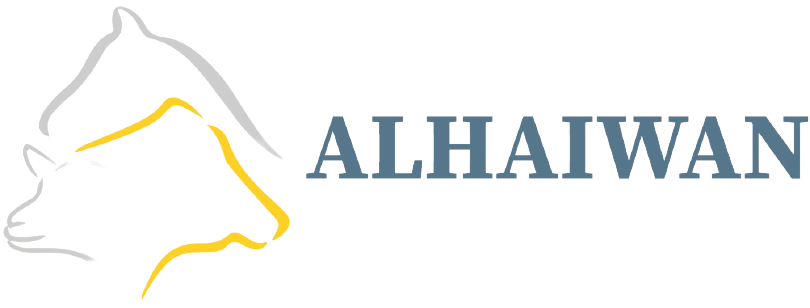ULTRASOUND
At Al-Haiwan Bovine Ultrasound Services we offer bovine ultrasound services both on the farm and in our haul-in facility.
How could bovine ultrasound be used in my program? Bovine ultrasound is primarily used for ovarian structure evaluation, identification of early pregnancy, fetal sexing, and assessment of pathologic conditions.
Ovarian structure evaluation – Ultrasound can be used to measure follicular cysts and locate a corpus luteum. A follicle measuring over 25 mm would be considered cystic.
Identification of early pregnancy – Ultrasound is less invasive than rectal palpation and therefore is less likely to cause abortion due to pregnancy damage resulting from aggressive palpation.
Ultrasound also allows the user to visualize the fetal heartbeat and check the viability of the pregnancy. Pregnancies can be checked between 28 and 32 days and should be rechecked at 60 days. In addition, twin pregnancies can be consistently diagnosed with ultrasound. Rectal palpation can often miss twin pregnancies, especially those that are located in the same uterine horn.
Fetal sexing – Cows must be a minimum of 60 days pregnant for fetal sexing. More advanced pregnancies can be examined, however a larger calf is more difficult to isolate and accurately scan. The scan is performed by retracting the uterus into the pelvis, and then the ultrasound probe is rotated over the gravid horn to scan the developing fetus.
Assessing pathologic conditions – Ultrasound is useful for identifying pyometra / uterine infection.
